After his involvement as the local architect for the Christian Louboutin store in Horniman Circle, Mumbai-based architect Rooshad Shroff was invited to work on the French footwear designer’s Bangkok store, too. The Harvard graduate talks about these projects and how he added an Indian touch to both the projects
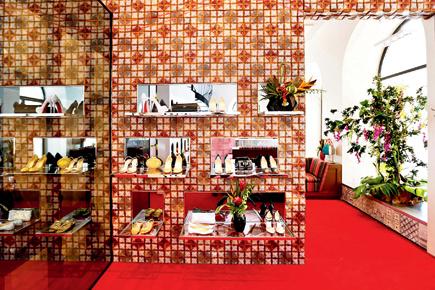
Wood wall
Even before he got back from Harvard, architect Rooshad Shroff had already bagged a big project in collaboration with none other than French designer Christian Louboutin, who was so impressed with the Mumbai boy’s design sense that he invited him to work on not one but two of his stores.
ADVERTISEMENT
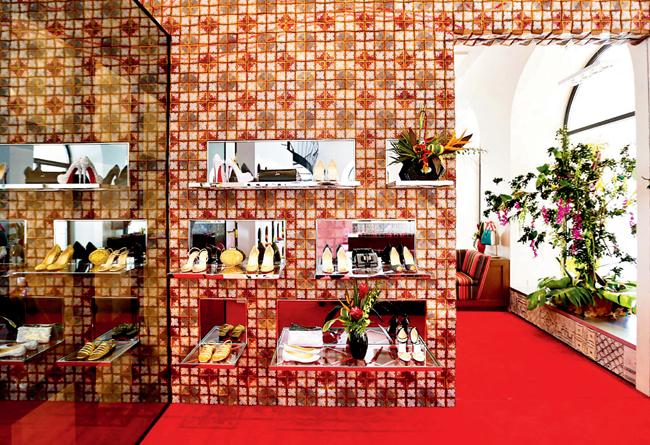
The technique of the embroidered wood wall in Christian Louboutin’s Mumbai store has been patented by Rooshad
Shroff
“In 2011, when I was studying at Harvard, a friend learnt that the Christian Louboutin team was looking for a designer for their store in Mumbai. She recommended me and I came on board as the local architect,” recalls the 32-year-old Shroff, adding that his job was to execute the project completely which was designed by New York-based architect 212Box.
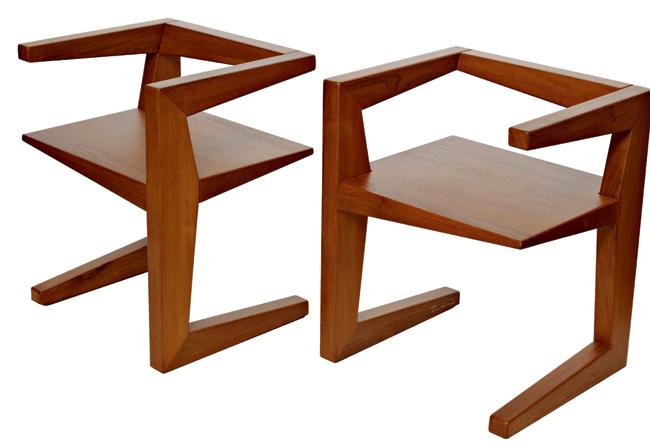
These chairs have been created without the help of any screws or bolts
Tiling success
“I was working on furniture a lot at the time, and wanted to experiment. That was when I decided to get an embroidered wooden tile wall fixed in the store in Mumbai. It has been created by a technique patented by me where the concave and convex patterns are formed on the wood as wood craft. There are nearly 700 patterns on each tile,” he shares.
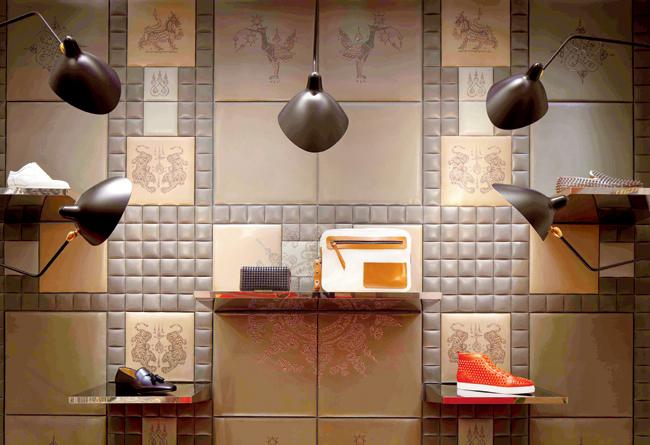
The Yantra tattoos (intrinsic to Thailand) have been used on leather for one of the sections of the wall in the Bangkok store;
After the completion of the first store, Shroff, who received his undergraduate degree in Architecture at Cornell University, and followed it up with a Masters in Architecture at the Graduate School of Design at Harvard University, got on board for the French footwear designer’s Bangkok store.
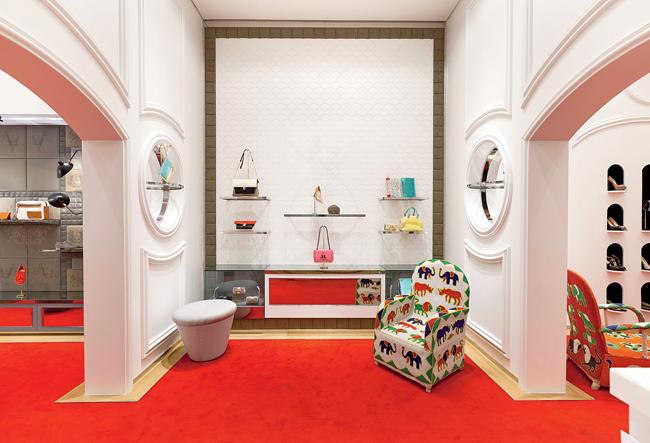
Shroff has used several Indian motifs in Christian Louboutin’s Bangkok store as well. Pics courtesy/Rooshad Shroff
“This project had a lot of handmade, well-crafted elements. While there are Thai and French influences, Indian aspects are thrown in between as well with mirror tikri work, hand-cut marble tiles for the façade, etc,” says the architect, who has also used Thailand’s Yantra tattoos on leather for one of the walls.

Rooshad Shroff, architect
Apart from this, Shroff has invested his energies in creating avant-garde furniture designs like chairs without screws and bolts, and tables craved out of single marble slabs. “I like using a lot of wood, marble, embroidery and the art of carpentry for my work. I feel it is our moral responsibility to promote our crafts and techniques,” believes Shroff, while admitting that it wasn’t easy to get his karigars to craft such chairs and tables since it involved moving them out of their comfort zones to create contemporary work, all of which needed a lot of patience.
 Subscribe today by clicking the link and stay updated with the latest news!" Click here!
Subscribe today by clicking the link and stay updated with the latest news!" Click here!






